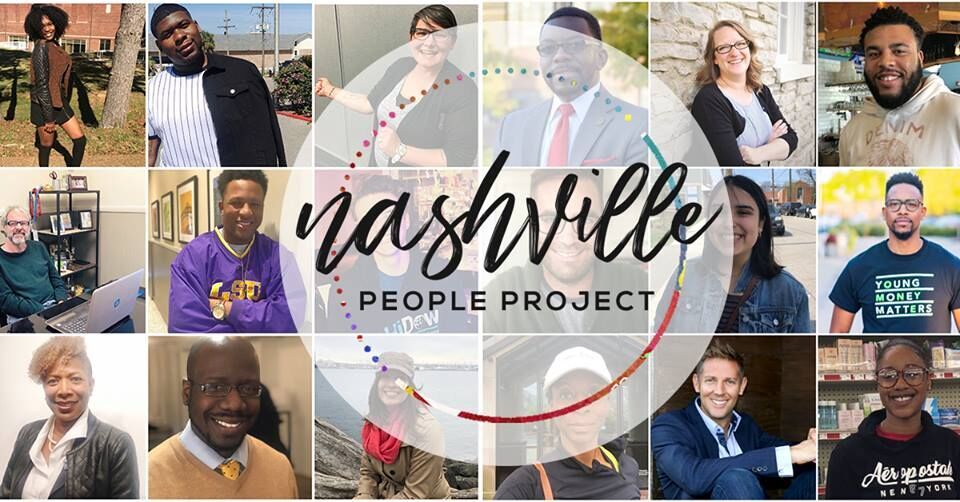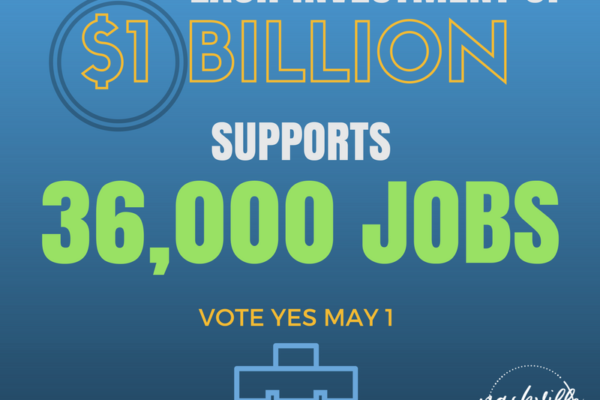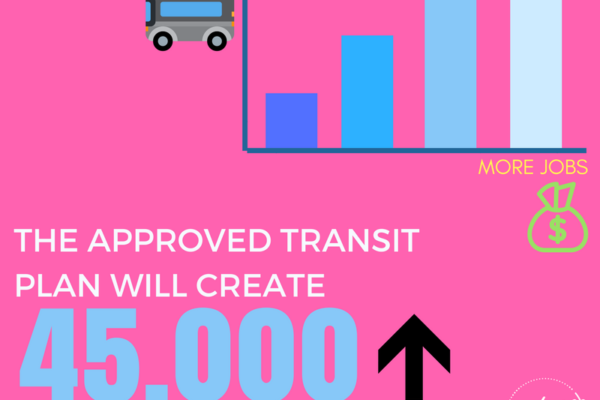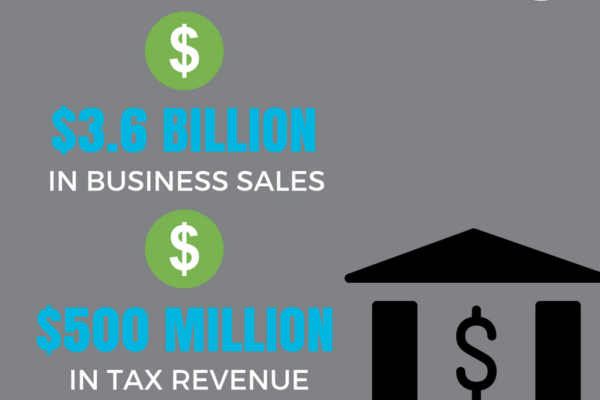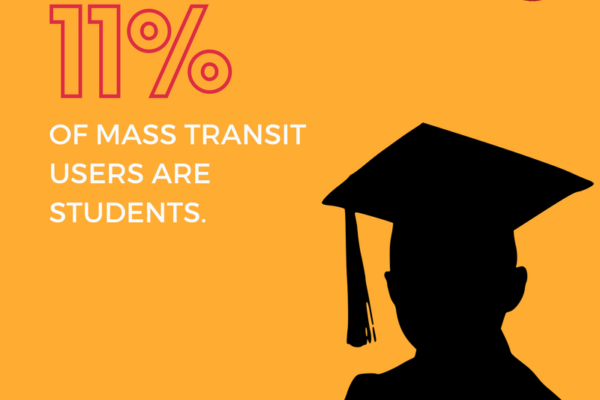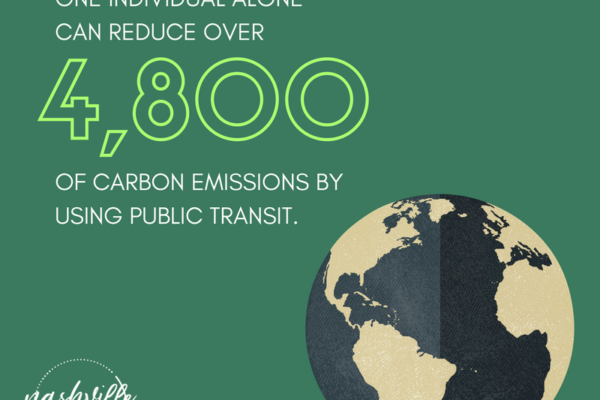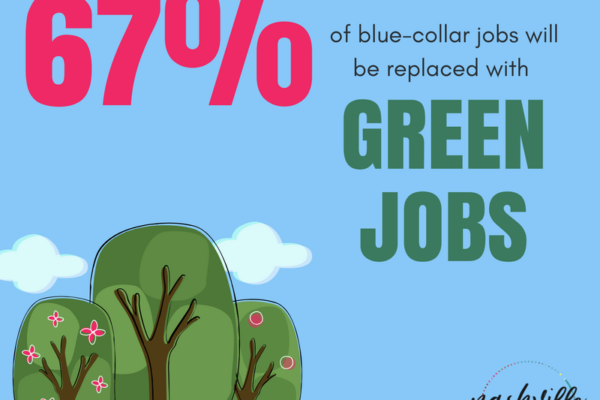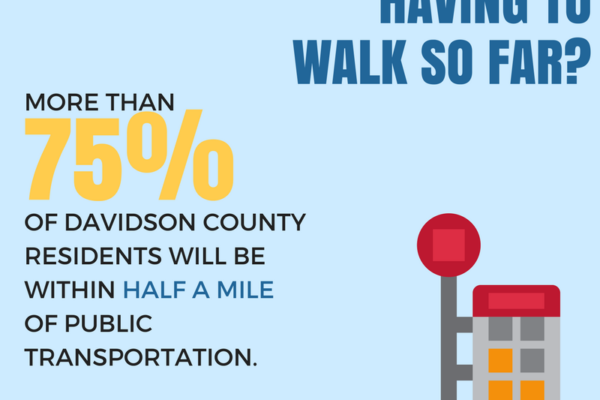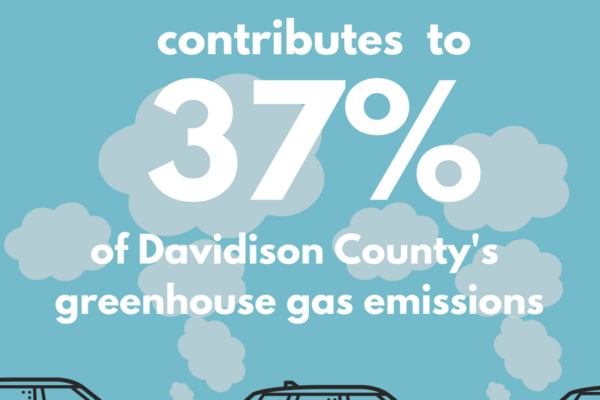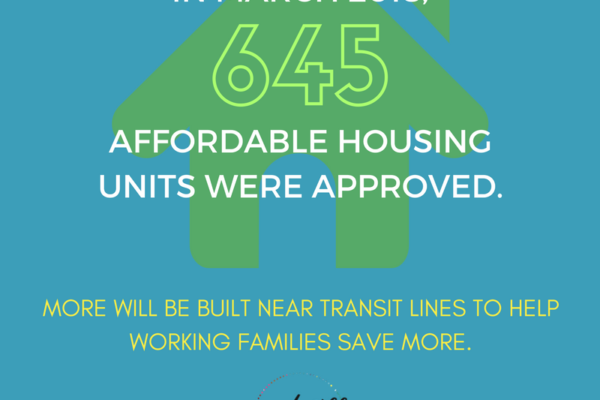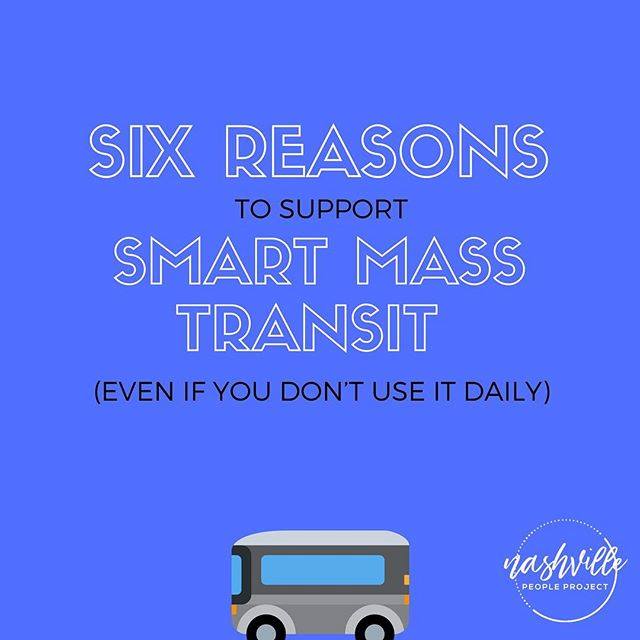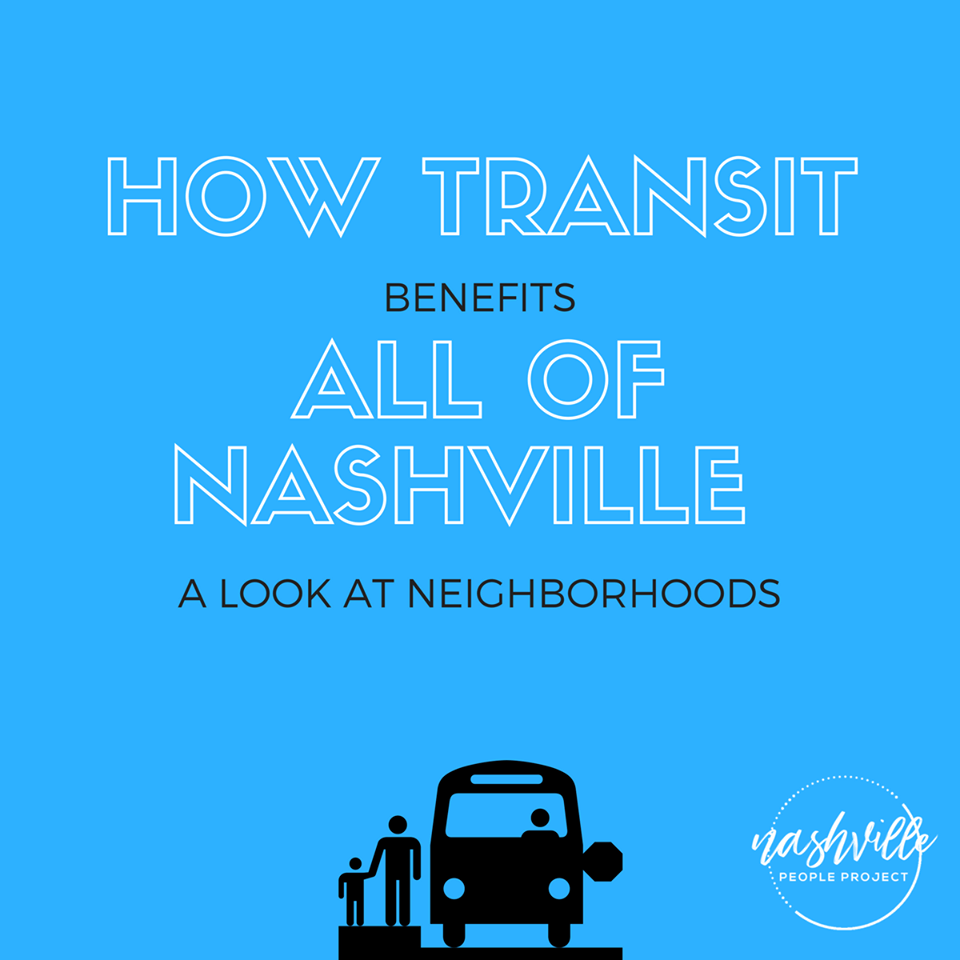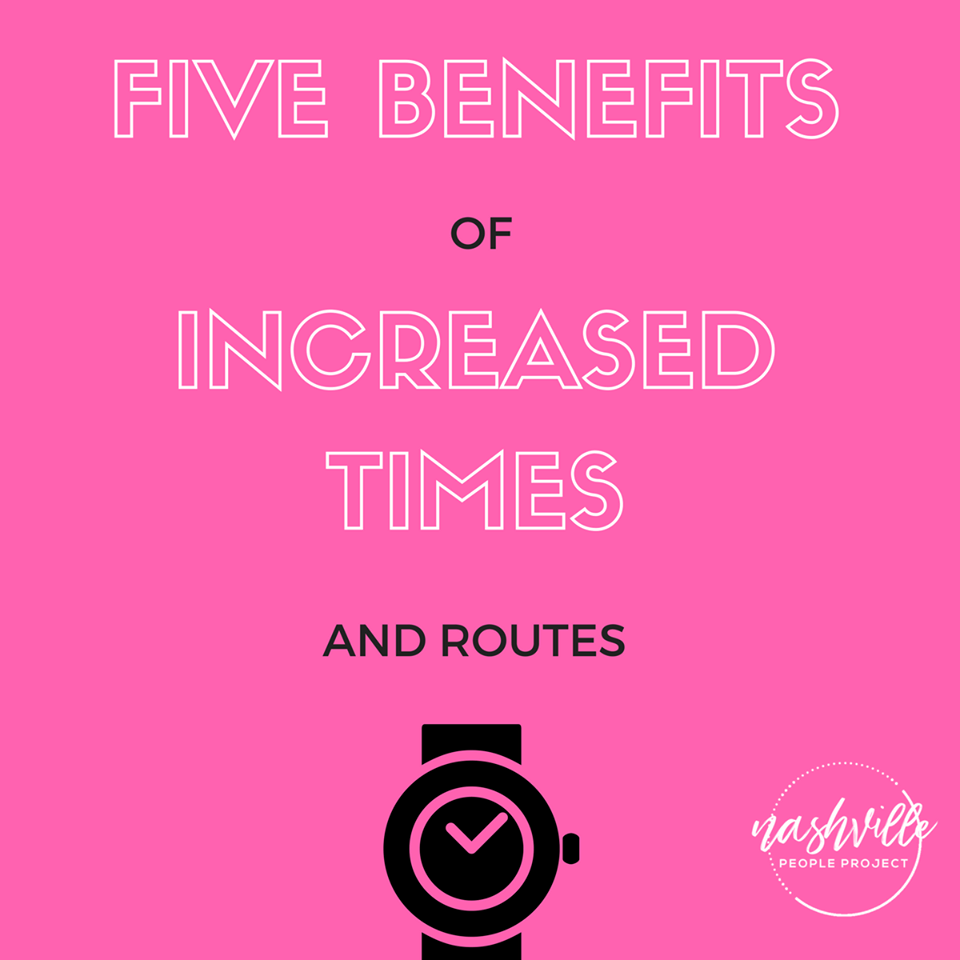Our strategy to leverage the Nashville People Project was simple: find real Nashvillians to tell their real stories about why they thought the transit proposal would positively transform their lives. Our work was performed independently of the Transit for Nashville campaign that was the primary engine to support the referendum. Instead, the teams at both DENOR and BAM worked together to create a social media marketing strategy that would ultimately support the Transit for Nashville campaign’s goal: influence the voters of Davidson country to vote for the transit referendum.
Because of the sensitivity of the effort, we had to mobilize our teams quickly. We began our efforts during the last week of March. The vote for the referendum was May 1. This means we had approximately one month to influence voters.
The DENOR team was primarily responsible for sourcing and developing all content that would appear across all the platforms, while the BAM! team took the lead in scheduling the content and creating targeted ads to showcase specific types of content to certain audiences. BAM! was also responsible for developing the web site, the social media badge and cover artwork, as well as standardizing the look for the social stories featuring Nashville residents.
Both teams were responsible for engaging with commenters on social media, including those individuals who interacted with posts through the Nashville People Project platforms, as well as those who interacted with content on the opposing side.

